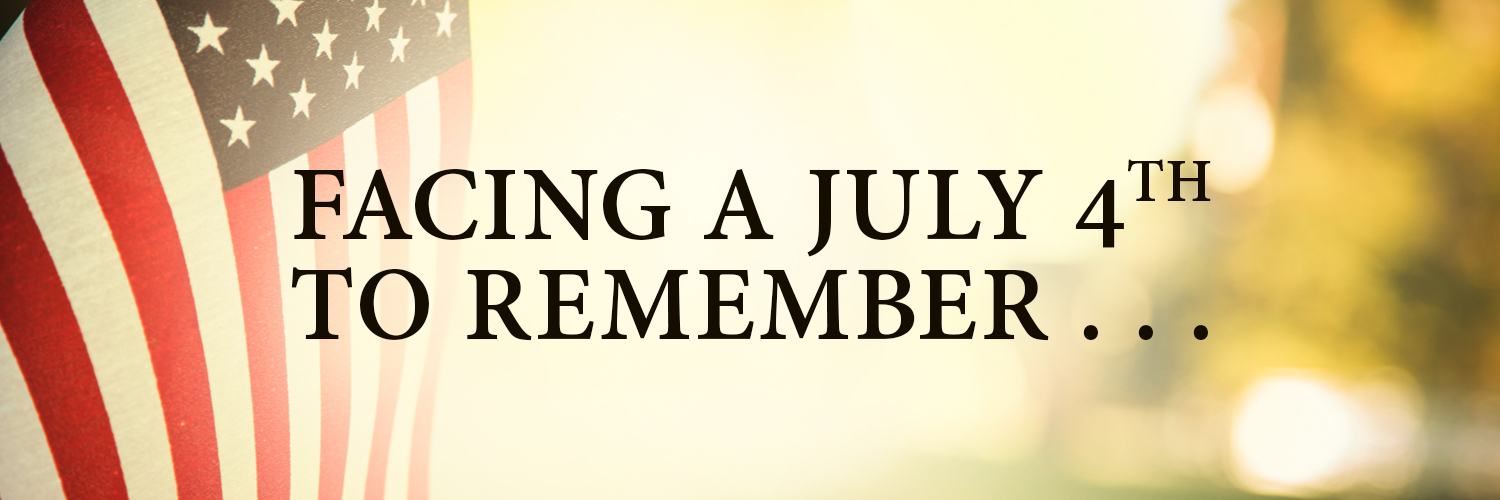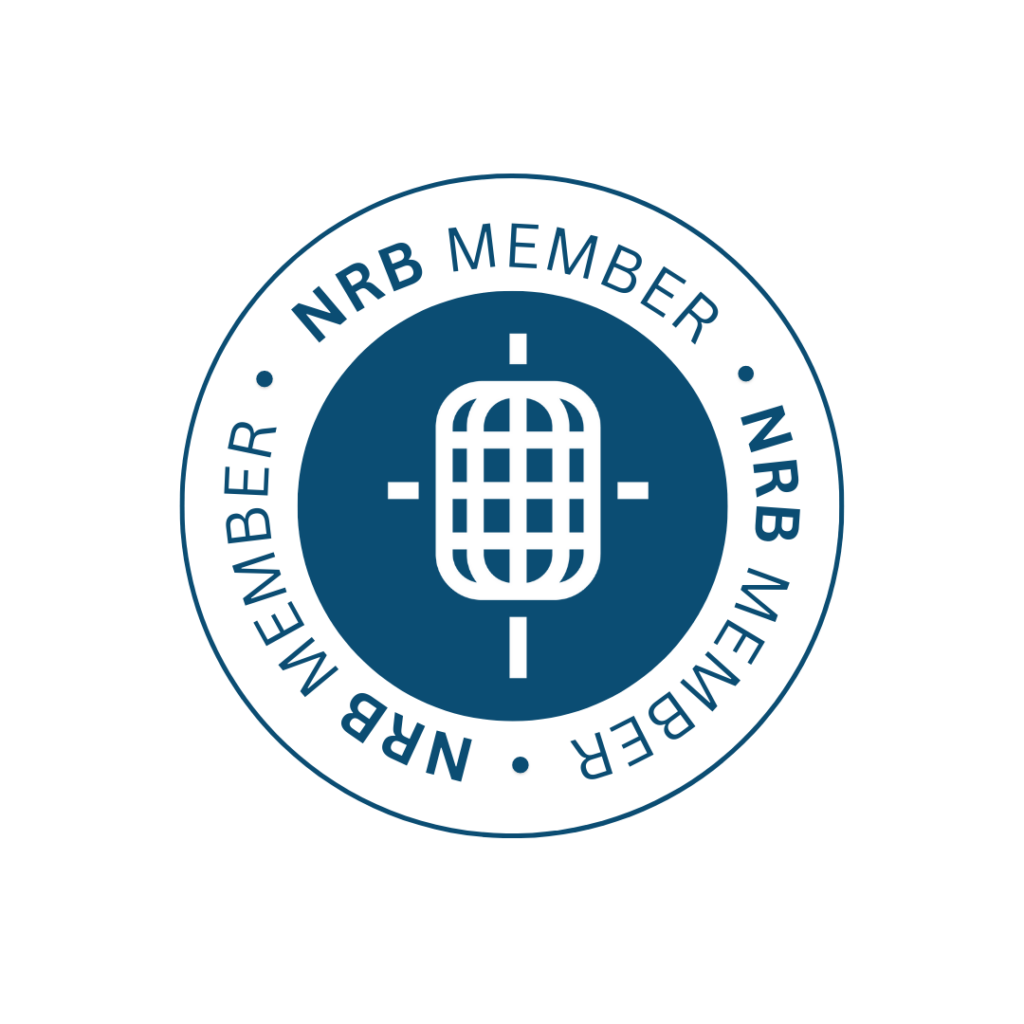Facing a July 4th to Remember . . .
July 4, 2020 will go down as one of the more memorable holidays in recent history, but certainly not the worst. If we take a moment to pause and look back in time, perhaps we can gain the benefit of perspective:
- Thursday, July 4th, 1776 – The newly formed United States of America made a Declaration of Independence from the most powerful country and military force on Earth. A woman was said to have asked Benjamin Franklin, “Well Doctor Franklin, what do we have? A monarchy or a republic?” He is said to have responded, “A republic, if you can keep it.” The war with Great Britain was already in progress, and independence would not be won until eight years later, in September of 1783, with a loss of approximately 23,800. The battle claimed approximately 6,800 lives, and disease took another 17,000.
- Thursday, July 4th, 1861 – United States President, Abraham Lincoln addressed congress less than three months into the American Civil War: “And having thus chosen our course, without guile and with pure purpose, let us renew our trust in God and go forward without fear and with manly hearts.” The American Civil War would continue on until May 13th, 1865 with a loss of 750,000 lives from both the North and the South over a tormenting four-year period.
- Saturday, July 4th, 1914 – In just 24 days, World War I would begin, lasting over four years and ending November 11th, 1918. It was called “the war to end all wars” because of its size, with over 70 million military personnel participating. In almost four years of fighting, there were at least 116,516 American deaths directly related to the war.
- Thursday, July 4th, 1918 – The first modern day pandemic, H1N1—also known as The Spanish Flu—had been raging since February. It lasted for a little over two years, ending in April of 1920. H1N1 infected 500 million people worldwide, about one third of the world’s population at that time. It contained four waves and killed between 17 to 100 million people. A total of 675,000 Americans died from this virus. There is uncertainty as to the flu’s origin. The Spanish called it “the French Flu,” and significant evidence points to an origin in Fort Riley, Kansas. Because of WWI censorship on both sides of the conflict, it was not mentioned until neutral Spain reported its existence in the summer of 1918. Hence, it became known as “The Spanish Flu.” President Woodrow Wilson purportedly never spoke of it, and yet, he succumbed to it after becoming infected at the signing of The Treaty of Versailles.
- Friday, July 4th, 1941 – The 165th anniversary of the Declaration of Independence found President Franklin Delano Roosevelt addressing the nation in what is now known as the “somber speech.” It began at 5 p.m., and activities all over the country drew to a halt so the people could listen. President Roosevelt declared, “In our generation—in the past few years—a new resistance, in the form of several new practices of tyranny, has been making such headway that the fundamentals of 1776 are being struck down abroad, and definitely, they are threatened here.” On December 7th of that same year, America was bombed by the Empire of Japan, leading America to enter into World War II the very next day. After the Allies defeated the last of the Axis nations on September 2nd, 1945, Japan officially surrendered on the decks of the USS Missouri. It’s estimated that 405,399 American soldiers lost their lives.
- Tuesday, July 4th, 1950 – The Korean War had begun for Americans just a few days before, on June 25th, when. President Harry Truman ordered General Douglas MacArthur to leave occupied Japan to lead American forces in what he called “The Korean Conflict.” Since Americans were tired of war, and Congress was never asked to declare this a war, a “conflict” it remained, lasting for three long years—1950-1953. There were 36,574 Americans killed.
- Sunday, July 4th, 1965 – After 10 years of civil war in Vietnam, America finally sent fighting troops to engage the North Vietnamese in March of 1965. But U.S. involvement in The Vietnam War, technically a “Police Action,” was initiated and escalated under the presidential terms of Truman, Eisenhower, Kennedy, and Johnson. For the United States, it ended with President Nixon ordering complete evacuation of American troops and the closing of the U.S. Embassy on April 30th, 1975. There were 58,220 Americans killed.
- Saturday, July 4th, 2009 –The Swine Flu (H1N1) was first detected in January 2009. Before it ended in August 2010, the U.S. saw almost 61 million cases diagnosed, 274,000 people hospitalized, and 12,469 American deaths.
- Saturday, July 4th, 2020 – The United States (and the entire world) is locked in the grip of the COVID-19 flu virus. In the U.S., it was first detected in late January or early February. As of today, as we celebrate our nation’s independence, over 2.6 million cases of COVID-19 have been diagnosed, resulting in over 125,000 deaths.
Today’s death toll from COVID-19 is more than the Revolutionary War, the Korean War, and the Vietnam War COMBINED! These three wars saw 118,594 Americans killed over the course of 25 years—but this year’s pandemic has claimed over 125,000 human lives in America in just over 160 days . . .
In order to help ourselves, it will require something that human beings, Americans among them, do not like to do . . . celebrating our independence by respecting each other enough to maintain a safe social distance (at least 6 feet), wear a mask to protect ourselves and those around us, and finally, wash our hands of this deadly virus once and for all!
Thank you for being part of what is right with the world!
– Douglas Shaw, Founder/CEO Douglas Shaw & Associates, Inc.
Related articles
-

This Christmas
Each of us has found ourselves on our own journey through life. Even if we travel in the same direction…
-

Which Side Are You On?
Each of us has found ourselves on our own journey through life. Even if we travel in the same direction…
-

A Life of Significance
Each of us has found ourselves on our own journey through life. Even if we travel in the same direction…






